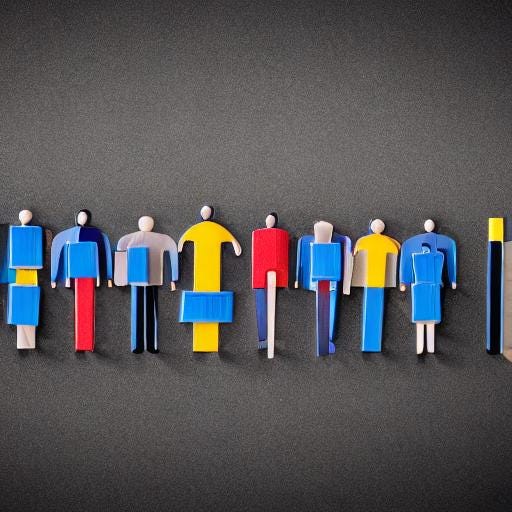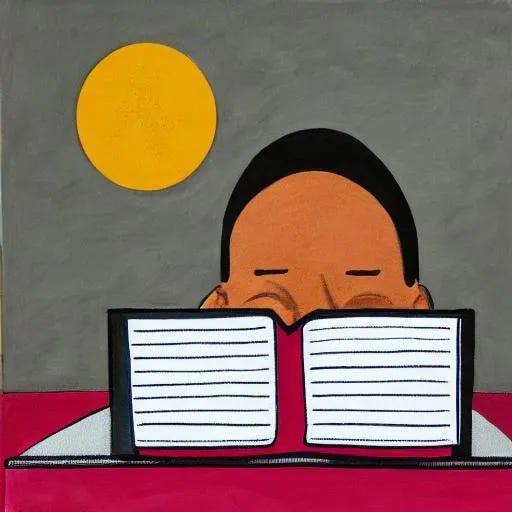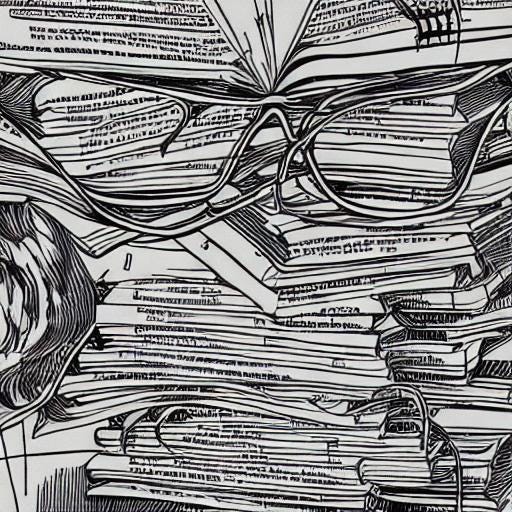What’s the difference between making things and finding things?
In some contexts, we are presented with situations that involve selecting the best possible things from existing options—it could be picking a course to study, players for a team, or a restaurant for dinner. In these situations, we are informed by our impressions of the quality or skill of the selectees.
In other situations, the emphasis is on making something from closer-to-scratch—sitting down to write one of these posts is a good example.
Decision-making seems to be different in both contexts (or perhaps, relative to both contextual emphases). When the issue is to do with selection, part of the challenge is in being able to perceive the right pre-existing characteristics (an exercise in evaluative judgment). In design scenarios, success seems more about being able to suspend judgment to enable something useful to emerge, almost as a function of probability in combination with latent situational characteristics (e.g. person, environment, state of mind, amount of coffee—things that include but are not limited to psychological characteristics).
The above is a little too dichotomous for my taste. If my experiences trying to write papers or produce music are any indication, a seesaw is a better metaphor for the interplay between design and selection. As soon as we produce something, the evaluative gears start turning. Being able to exercise the right state at the right time seems a practice worth figuring out.


